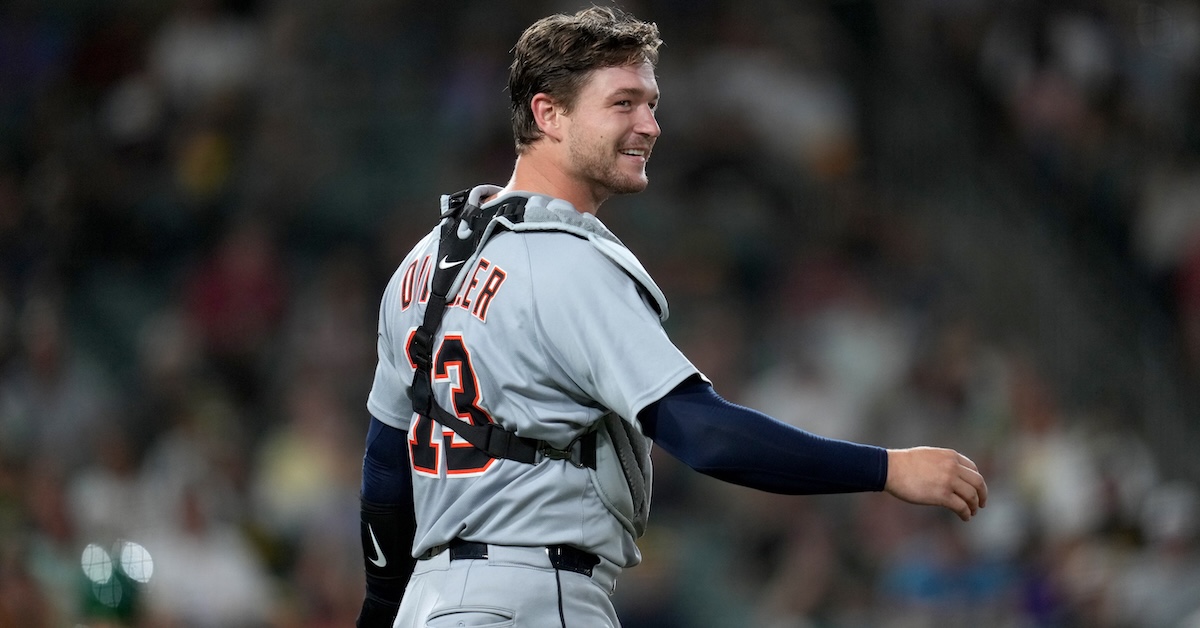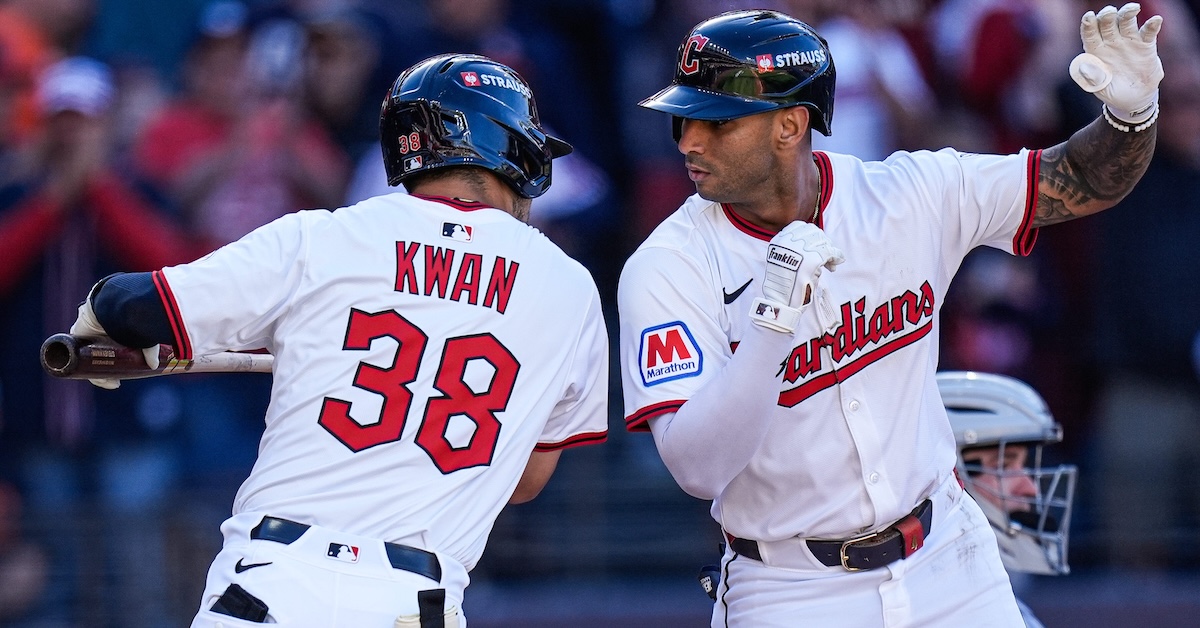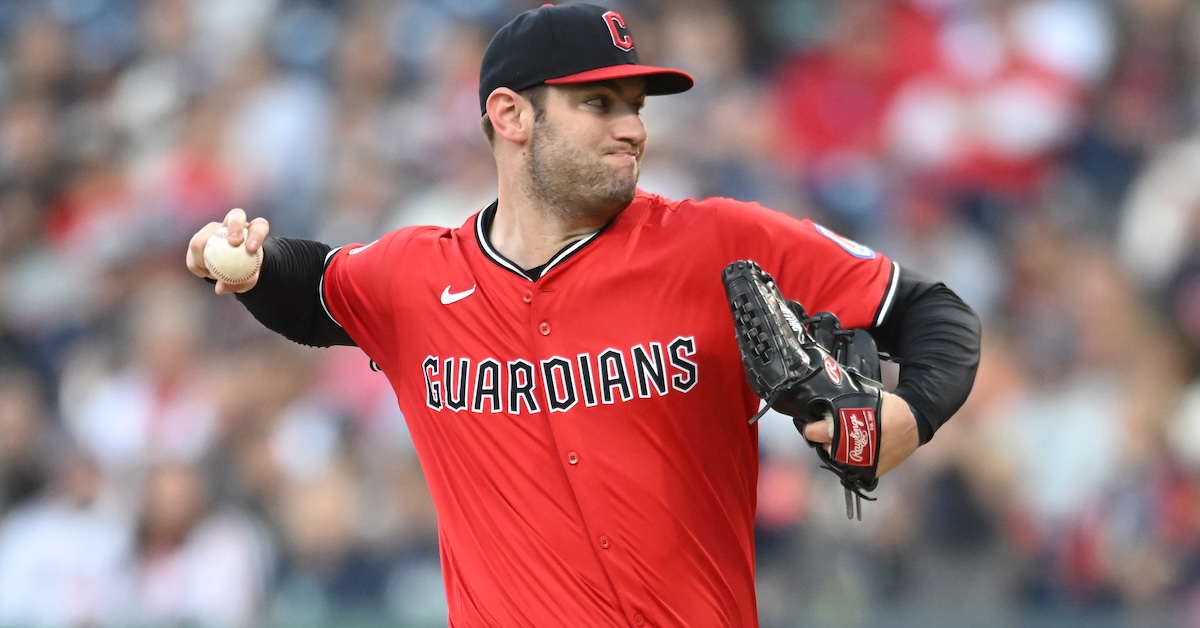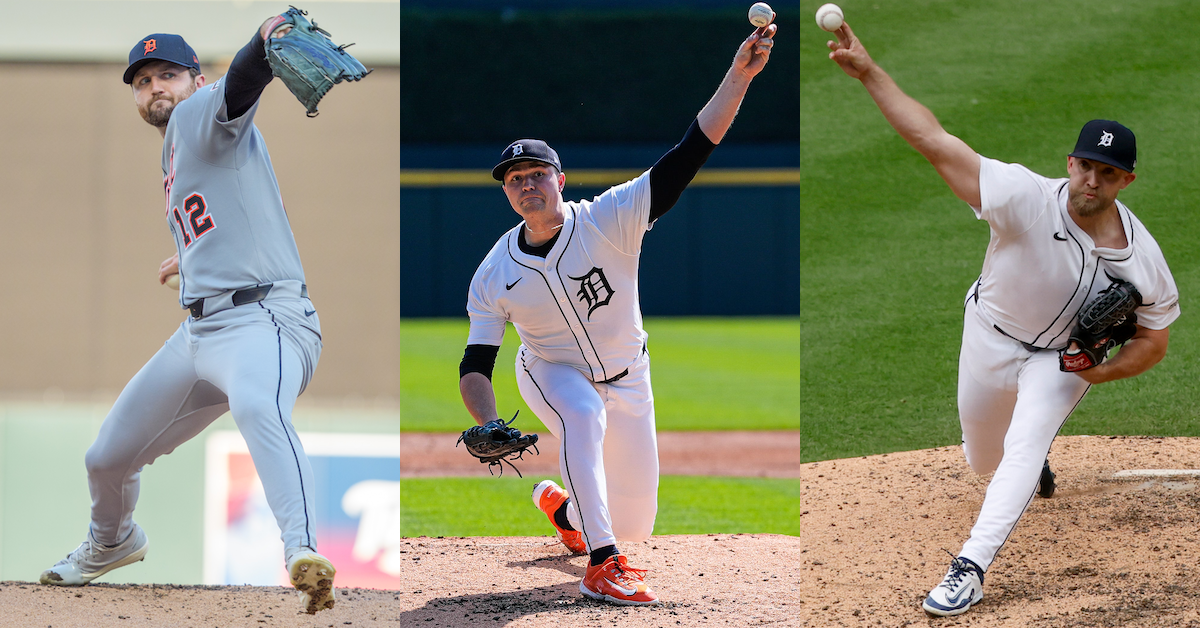Diligent With Game Prep, Dillon Dingler Does His Homework Daily

Dillon Dingler is developing into one of baseball’s better catchers. Playing in his first full big league season, the 27-year-old Detroit Tigers backstop banged out 13 home runs while slashing .278/.327/.425 with a 109 wRC+ over 469 plate appearances. Moreover, he was worth six DRS and posted well-above-average framing numbers. His 4.1 WAR ranked third best among junior circuit catchers.
Dingler’s defensive chops extend to his game-calling, which is done in collaboration with Detroit’s pitching group. Preparation is a team strength — last year’s pitching chaos didn’t succeed by accident — and not just because pitching coach Chris Fetter is widely regarded as an adept game-planner. The entire coaching staff is thorough, and so too is the former Ohio State Buckeye, who squatted behind the dish in 115 games this season. (Dingler also filled in at the DH position from time to time.)
The pregame pitcher meetings that precede every game was on my mind when I sat down with Dingler on the final day of the regular season. I was primarily interested in learning how the Tigers go about them, including just what role the catchers play in the dissemination of information. What I found out is that the Tigers — ditto Dingler himself — differ somewhat from most other teams. Not having both catchers in the room, which is the common practice, is an example.
“We do it as the starting catcher, the pitcher, our catching coach, Ryan Sanko, Chris Fetter, and [assistant pitching coach] Robin Lund,” explained Dingler. “That’s pretty much it. It’s usually a smaller group.”
And then there is the preparation he does before the meeting even starts. Read the rest of this entry »





